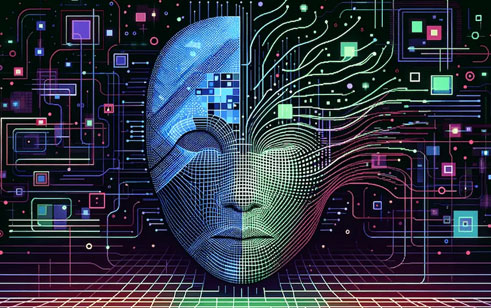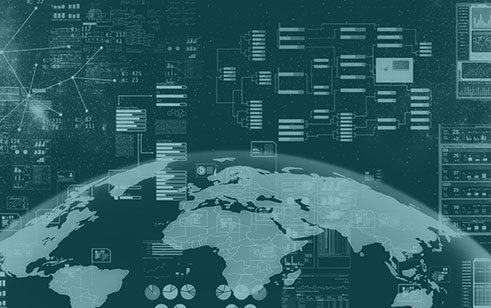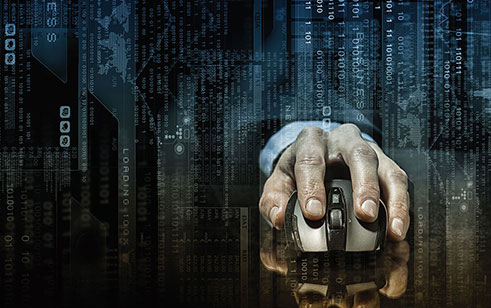To understand what machine learning is first , we need to understand the basic nature of machines like computers. Computers are essentially just devices that follow instructions.. However, machine learning brings in an interesting outlook, whereby a computer can learn from experience without the need for programming.
Machine learning takes computers to the next level where they can learn intuitively in the same way as humans. Machine learning has many applications, which include areas like virtual assistants, traffic predictive systems, surveillance systems, face recognition, spam and malware filtering, fraud detection, etc. One of the areas where machine learning is being used in policing.
Machine learning is being used by the police already, where they are integrating machine learning with AI (Artificial Intelligence) and using it in law and order. Let us look at the present police challenges that can be resolved through the use of machine learning:
The police can use machine learning effectively to resolve all challenges that are before them. The use of machine learning solutions can help in predictive policing, where they can prevent crimes and thus improve public safety. The following are some ways by which the police can use machine learning to achieve better results:
One of the most powerful applications of machine learning in policing is in the field of pattern recognition. Crimes can be related and may either be carried out by the same person(s) or may use the same modus operandi. The police can benefit if they are able to spot patterns in crimes. The data that the police get from crimes is essentially unstructured data. This data needs to be organized and sifted through to find patterns.
Machine learning can help do this easily. Machine learning tools can compare various crimes easily and generate a similarity score. These scores can then be used by the software to try and determine if there are common patterns. This is already being implemented by the New York Police Department. The tool has been used to crack cases effectively.
Another area related to machine learning that can help police is predictive analytics. This is a powerful application of machine learning that the police can use to achieve effective results. A tool that has predictive analytics features uses machine learning to help police in improving public safety. These tools focus on crime trends and are thus beneficial. When such trends are spotted, the police can proactively take action.
For example, when the system identifies a trend in a crime being committed in a particular area, the police can then allocate resources to that area so that they can proactively manage the situation and prevent a crime from occurring.
Another significant advantage of using predictive analytics is the benefit it offers for law enforcement officers. A police officer can be more efficient while using a predictive analytics tool. It will help the officer to have information about an area and crime trends in that area. The officers will be aware of each area and will also have sufficient information about crimes that have occurred.
Cybersecurity is an important area in today’s world. With the extensive use of internet everywhere, cybercriminals are targeting computer systems across the world. Cybersecurity is very important to not just to solve cases but to proactively prevent them. Cybersecurity can be enhanced through the use of machine learning. Tools that use machine learning can improve cybersecurity and proactively prevent crimes.
Ensuring public safety is an important function of the police. This can be enhanced through the use of machine learning. Some tools that are being used in this regard are:
Innefu Labs Pvt.Ltd t excels in the Analytics and Information security domains. Their clientele includes some of the top companies, including government organizations. They work in different areas like video analytics, retail analytics, and predictive intelligence and offer machine learning solutions for organizations.

As global election systems brace for the 2024 cycle, they face unprecedented threats from advancing AI technologies and escalating cybersecurity risks.
Learn More
In the digital age, social media has ascended as the paramount platform for individuals to disseminate opinions, amplify concerns, polarize communities, and craft propaganda.
Learn More
Social engineering attacks have emerged as a dominant method for cyber fraudsters to penetrate organizations.
Learn More
The banking, financial services, and insurance (BFSI) industries are undergoing a significant and rapid change driven by digitalization. This revolution is essential as organizations respond to evolving customer expectations, the need for superior business results, and increasing regulatory requirements.
Learn More
The World is growing at a rapid pace, and with that, advancements in information and communication technology are moving at a breakneck speed. In today's digital age, where information flows freely across the internet, the realm of law enforcement has undergone a unique transformation.
Learn More